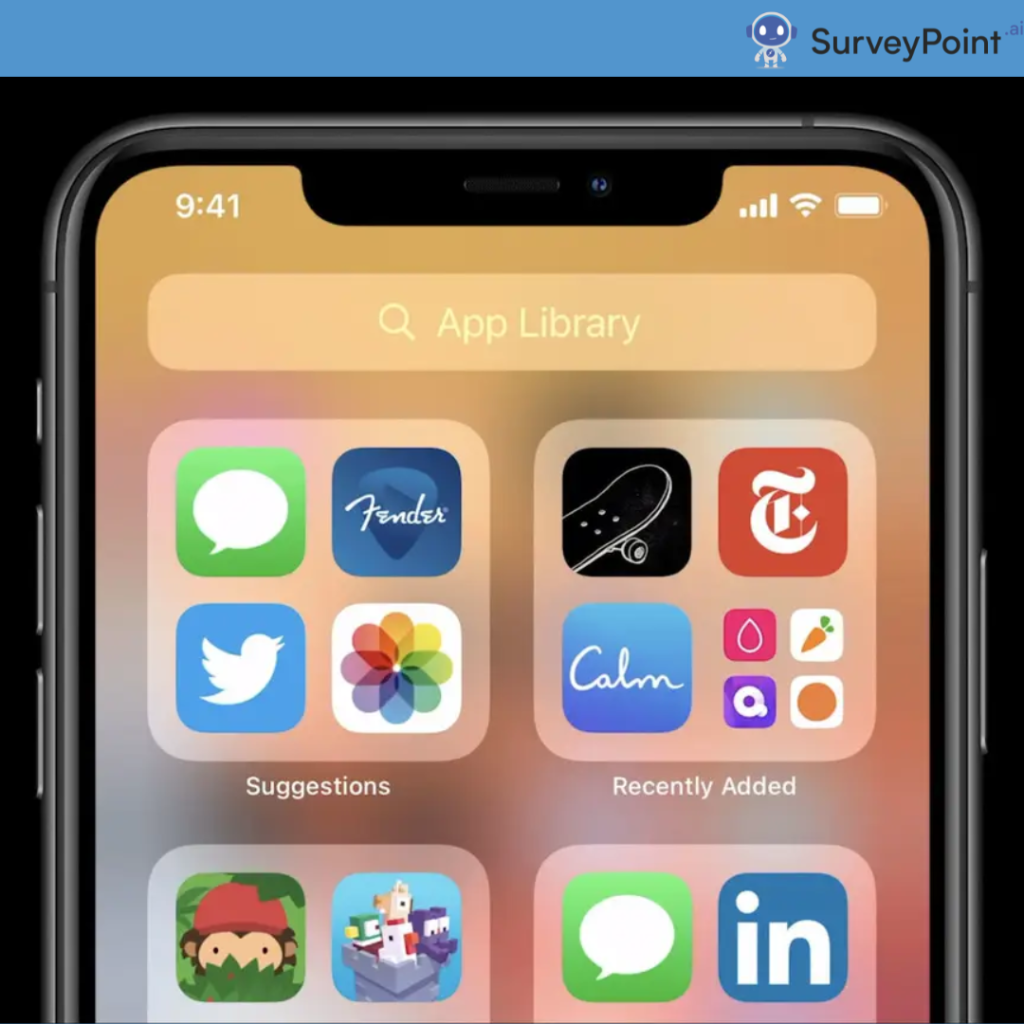
Have you ever wondered how businesses tailor their products, services, and marketing strategies to effectively target specific customer groups?
Enter – Demographic segmentation!
For instance, recent studies indicate that the largest consumer group, the millennial generation (those born between 1981 and 1996), has a strong preference for digital experiences and sustainability.
On the other hand, the aging population presents opportunities for businesses catering to healthcare, retirement, and leisure services. Demographic segmentation offers useful information that helps companies better understand the various needs and preferences of their target markets.
Definition of Demographic Segmentation
Demographic segmentation is a powerful marketing tool that involves categorizing consumers based on specific demographic factors. These factors include age, gender, income, occupation, education, and family structure.
The two words ‘demos’ and ‘graphy’ make up the phrase ‘demographic segmentation.’ ‘Demo’ denotes ‘people’ in Greek. Whereas ‘graphy’ is an English word that means ‘the study of.’ Consequently, combining these two phrases denotes the phrase ‘the study of people.’
The demographic examples help businesses understand consumer groups with unique preferences and behaviors. Further, enabling them to tailor marketing strategies and offerings to effectively target specific demographic segments.

Importance of Demographic Segmentation
Demographic segmentation is important for several reasons:
- Focused Marketing: Demographic segmentation allows businesses to target specific audiences. For personalized marketing campaigns, you need to understand the characteristics of different populations. These are age, gender, income, education level, and ethnicity. Businesses can create customer profiles that allow them to target their campaigns. Along with refining their messaging to what will speak best to the audience they are trying to reach.
- Optimized Resources: Demographic segmentation helps businesses use their resources, time, and budget well. Businesses can prevent resource waste by concentrating on particular demographic groups. Also saving marketing efforts that are unlikely to be effective.
- Improved Personalization: Presenting different messaging to different demographic segments, can feel appreciated and respected.
- Higher Customer Retention: When customers receive the right kind of information and recommendations, they feel understood. Higher rates of customer retention may result from this.
- Effective Marketing Strategies: Companies must develop persuasive marketing strategies that appeal to their target market. They can create messaging that speaks directly to their customers’ needs and desires.
ALSO READ: Market Segmentation: Definition, Types, And Real-World Use CasesDemographic Examples and Segmentation Variables
It is important to understand segmentation through demographic examples:

Source: Orientation
- Age – Target different age groups, such as children, teenagers, adults, and seniors. For example, a toy company might target children with colorful and playful ads. In contrast, a retirement community might target seniors with ads that focus on relaxation and leisure activities.
- Gender – Males or females or non-binary individuals are the targets. For example, a company selling bikinis targets a female audience with ads that show different styles and colors. At the same time, a fitness company targets males with ads that have athletic clothing and equipment.
- Income – Use consumers’ levels of income to target them. For example, a 7 star hotel aims to target people who earn very well. Such ads will show luxury and a high-end lifestyle. While a general retail store will target low-earning people with ads that focus on discounts and value for money.
- Education Level – Targeting according to the consumers’ level of education. For example, students studying in high school should see ads for different universities and their benefits. Someone who might want to start earning early will see ads for vocational schools. It would focus on job training and career advancement.
- Occupation – What do consumers work as? For example, a software company sells software that protects your electronics from viruses. They will target small business owners with ads that show minimal setup costs and time.
At the same time, a healthcare company might target individuals with ads that focus on getting medical checkups and buying supplements.
ALSO READ: Quantitative and Qualitative Research: Definitions and Key DifferencesQuestions to Ask In Your Demographic Survey
When creating a demographic survey, it’s essential to ask questions that will provide valuable insights into your target audience. Here are some demographic examples in marketing that you can consider:
- Age: Which of the categories below describes your age?
- 0 – 10 years
- 11 – 20 years
- 21 – 30 years
- 31 – 40 years
- 41 – 50 years
- 51 – 60 years
- 60+ years
- Gender: What gender are you?
- Male
- Female
- Transgender
- Prefer Not to Say
- Ethnicity/Race: Who do you identify as?
- White
- Black
- African-American
- American Indian
- Alaska Native
- Asian
- Native Hawaiian
- Pacific Islander
- Other
- Education Level: What is your highest level of academics?
- High School
- College Graduate
- Master’s
- Ph.D
- Diploma
- Employment Status: What is your employment status currently?
- Employed
- Part-time
- Unemployed
- Business Owner
- Other
- Annual Household Income: What is your annual household income?
- Marital Status: What is your relationship/marital status currently?
- Married
- Unmarried
- Divorced
- Widow/Widower
- Location: What is your current zip code?
- Housing: Are you a homeowner, or do you live on rent?
- Language Spoken at Home: What language do you speak at home?
- English
- French
- Chinese
- Hindi
- Spanish
- Other
- Religion: What is your religious affiliation?
- Political Affiliation: What is your political affiliation?
- Disability Status: Do you have a disability?
- Yes
- No
- Sexual Orientation: What is your sexual orientation?
ALSO READ: 5 Simple Formulas for Success in Demographic Survey QuestionsWrapping Up
Businesses develop tailored marketing strategies that speak to certain groups’ particular needs and interests by using demographic examples and segmentation. Resulting in higher customer loyalty and retention rates.
There are more relevant products and more effective advertising for businesses to satisfy their customers’ demands. An accessible and simple method for personalizing marketing campaigns and fostering enduring client relationships is demographic segmentation.
FAQs
What are the advantages of demographic segmentation?
The advantages of demographic segmentation include better personalization, higher customer retention and loyalty, more relevant products, and higher advertising effectiveness.
What are the disadvantages of demographic segmentation?
The disadvantages of demographic segmentation include oversimplification of the target audience, a lack of consideration for individual differences within demographic groups, and the potential for reinforcing stereotypes.
Ready To Future-Proof Your Business?
Sign-up for a FREE account and get a sneak peek into our intuitive survey dashboard panel.
Free Trial • No Payment Details Required • Cancel Anytime




